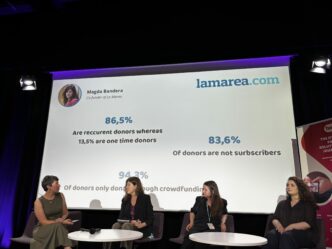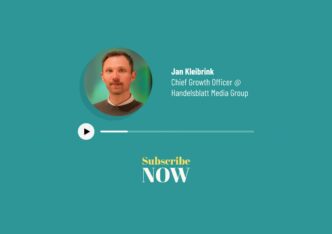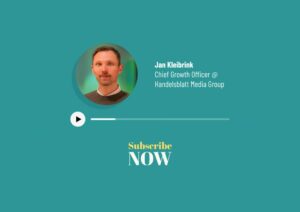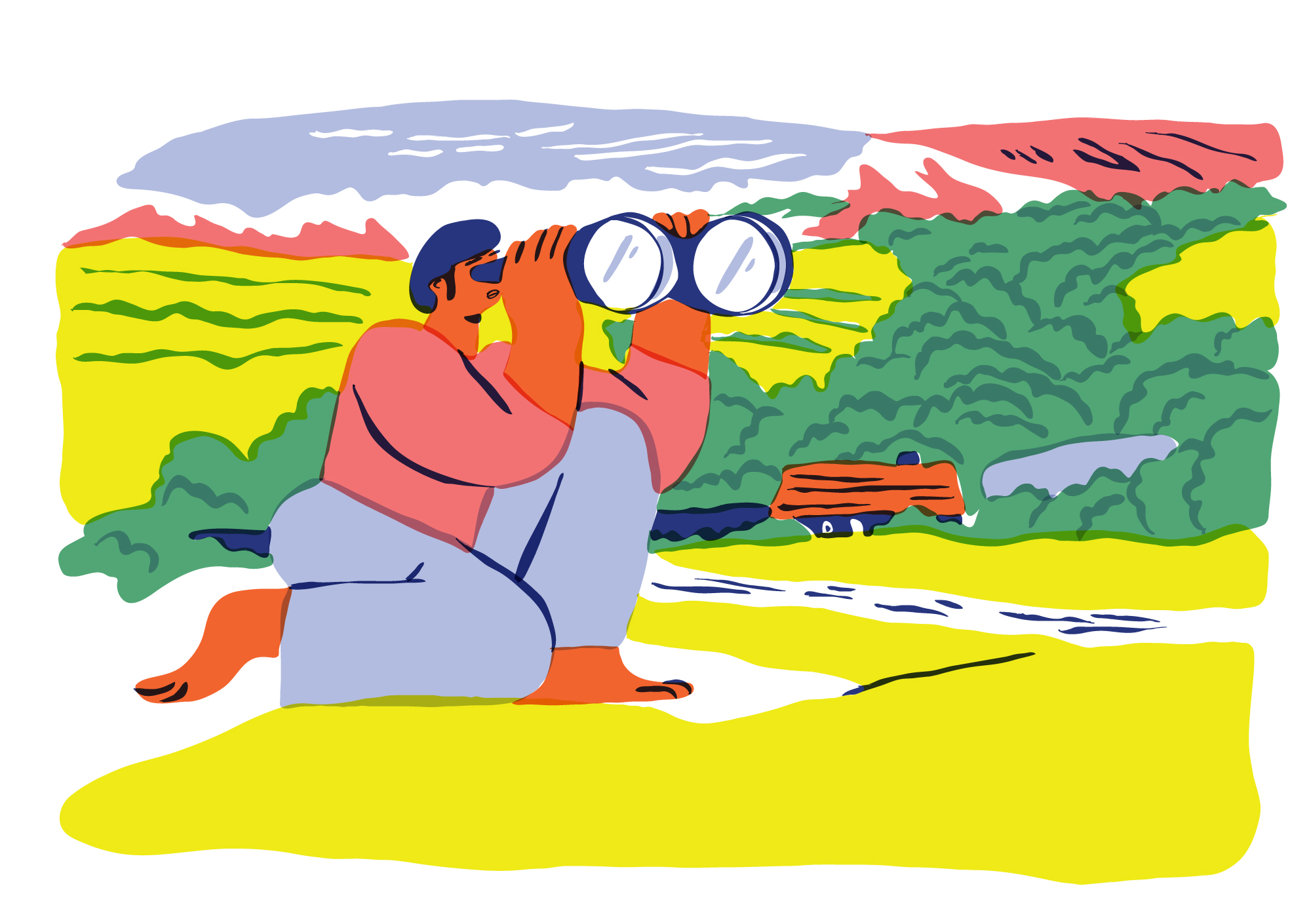

Lennart spent more than six years at the weekly newspaper DIE ZEIT before becoming a consultant last year to advise companies on how to gain and retain subscribers, develop newsletters and build communities.
Whether it’s bicycles, movies, music, software or newspapers: We use all of these on a subscription basis nowadays.
The subscription economy is probably one of the most important economic trends of recent decades, which is why I talk to decision-makers from various industries about their experiences and challenges in my podcast “Subscribe Now”. The podcast is aimed at anyone who works in a subscription company and is looking for new impetus outside their direct industry. After all, many insights transfer well.
The episodes are in German, but if that doesn’t scare you off, you can find all 12 episodes of the first season here.
Here are my seven key subscription learnings from seven different industries for publishers to apply to their own strategies:
Adobe: customers first
Adobe was one of the first software companies to completely shift its business model from retail sales to software-as-a-service. What is the standard today was a bold revolution in 2013. Christoph Kull, Vice President & Managing Director Central Europe, emphasized how they have made the success of their customers their corporate goal. In the B2B sector, the special feature is that they enter into a partnership with customers. A customer pays for subscription and, as a partner, Adobe has to make sure that the promise of success materializes. That’s why SaaS companies have Customer Success Managers who don’t have sales targets, but are measured on customer satisfaction.
Bookbeat: filter out the bargain hunters
Bookbeat is one of the leading providers of online audiobooks with a subscription that offers access to over 500,000 audiobooks and e-books. Germany Managing Director, Kathrin Rüstig, explains how to build a fair subscription model for users, but also publishers. She recommends filtering out bargain hunters as early as the trial phase. Many subscription providers know the problem – users sign up for a free trial subscription and cancel on the first day. So they never intended to give the product a serious chance. BookBeat takes a special approach here because the subscription trial, which normally lasts 45 days, ends immediately upon cancellation. This allows interested users to test the app for a long time, whilst bargain hunters are quickly filtered out. This factor is all the more important since BookBeat pays a license fee for every book listened to, meaning trial subscribers also incur direct costs.
Babbel: increase CLTV
Babbel is one of the most successful language learning apps in the world and they say they have already sold 10 million subscriptions. Head of CRM Nina Pollex reveals how they build long-lasting customer relationships. In particular, they’re experimenting with subscription terms, increasing the minimum commitment from one to three months, and they haven’t noticed a significant drop in orders. Overall, they are systematically trying to make the longer subscriptions more attractive on the website in order to achieve the highest possible customer lifetime value already in the purchasing process. In CRM, they focus not only on personalization, but on individualization. Babbel tries to recommend the best individual next step to each user, because each learner has individual goals and needs. That’s why they don’t just want to create personalized communication, they want to make each user feel like they are experiencing the app in their own personal way.
Steady: community first
Membership platform Steady allows creators to be independent and fund themselves through their fans. Founder Sebastian Esser recommends focusing on your super users. Only a small part (Sebastian talks about 5%) of your users will be willing to pay for your content. If you want to be successful in the membership economy, you have to understand exactly what makes these particularly loyal ‘super fans’ tick and what will make them whip out their credit cards. But this doesn’t just apply to independent creators; established media should also try to position themselves in a specific area and not try to be all things to all people. His motto is “community first”: Most members don’t pay for content, but to feel part of a community of like-minded people. Close exchange and active community management are correspondingly important. This intensive contact can also provide valuable impetus for new products and marketing.
> To read next: From community to revenue: lessons from The Independent and Reach
Blinkist: maximum transparency
The app Blinkist summarizes more than 5,500 non-fiction books and podcasts to provides its users with an overview of the most important statements in 15 minutes. CEO and co-founder Holger Seim is particularly proud of the fact that they have created a new industry standard with their ordering process, one that is now being copied by others. The key according to Seim is maximum transparency. Even on the landing page, the steps and deadlines are listed in detail, and customers are informed before the free trial period of seven days expires that the subscription will soon cost money.
Urban Sports Club: onboarding is essential
Urban Sports Club offers a very flexible sports subscription, allowing users to train at over 10,000 partners (gyms, swimming pools or yoga studios) for a monthly fee. Torsten Müller, Senior Vice President Marketing & Communications, attaches particular importance to strong onboarding. “The first user experience should be as good as possible and happen within a certain time. Ideally in the first few days, and they create incentives for that. You should ask right at the beginning: what does the customer intend to do with the product? If you know exactly why a user subscribed to your product, then you can make personal recommendations based on that.”
Swapfiets: make customer service part of the product
Swapfiets offers bicycles on a subscription basis, promising that you will always have a functioning bike. Given this, customer service is part of the product, maybe even the most important promise of their subscription. As a subscription provider, you have to make sure that customers are satisfied with the product. To help them ensure that, Andre Illmer, General Manager for Central Europe, recommends focusing on just a few core products. Swapfiets offers only four bike models, each in different colors and sizes. With each additional product, the complexity increases exponentially, so new ideas (e-scooters, children’s bikes) are tested very thoroughly on the market, but often disregarded in favor of high customer service.












